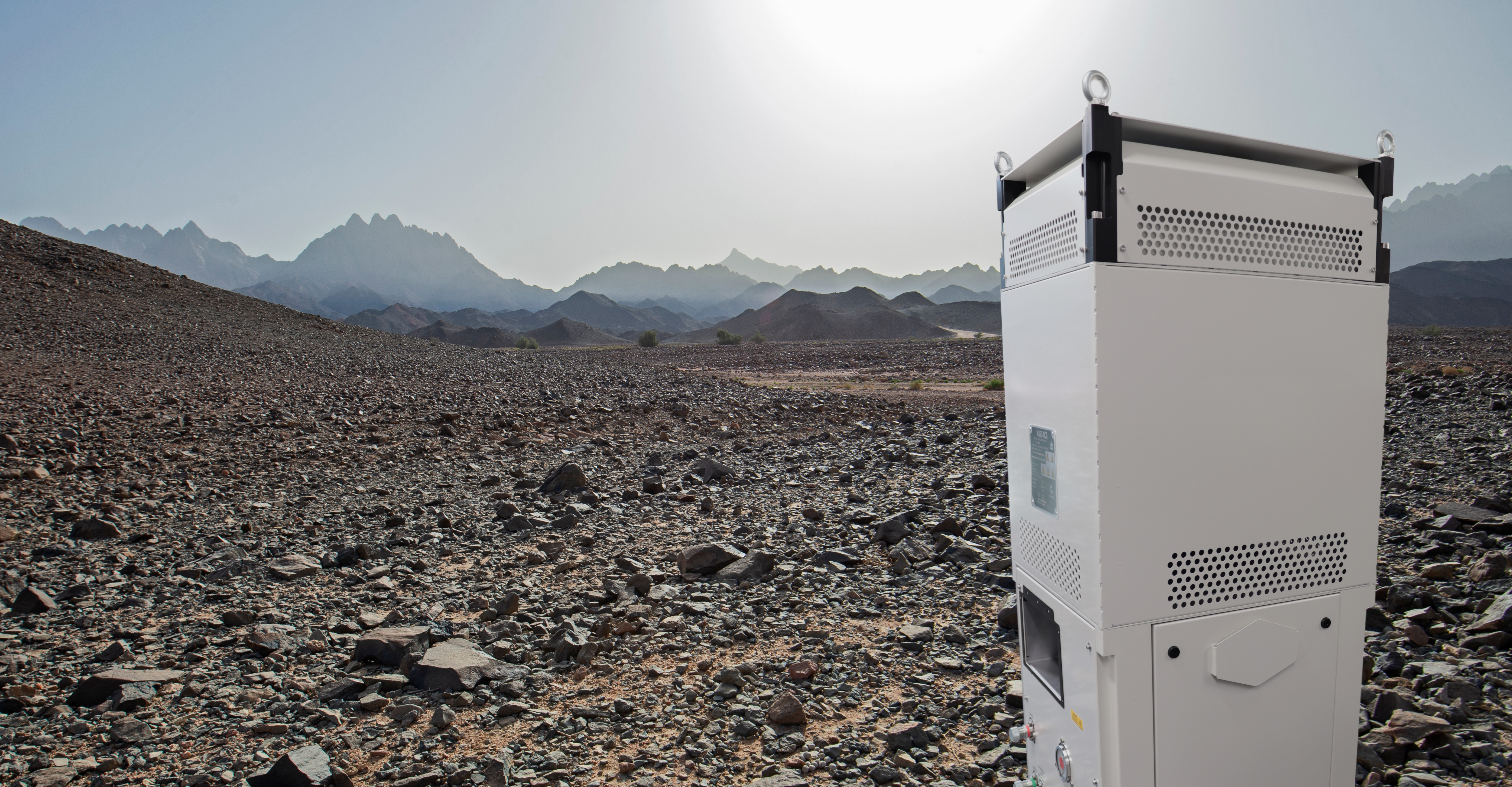Oxford Cryosystems’ Evolution From Lab to Global Innovation Hub
 In the 1980s, John Cosier and Professor Mike Glazier from Oxford University pioneered the creation of an open-flow cooler, initially designed for exclusive use in Oxford University’s Clarendon Laboratory. Its remarkable efficiency quickly gained recognition within the crystallographic community, leading researchers worldwide to seek similar systems. Responding to this demand, Oxford Cryosystems was founded in 1985 to provide cryogenic solutions globally. Over the years, their cryogenic devices have become integral components in laboratories, beamlines, radio telescopes, and various other applications.
In the 1980s, John Cosier and Professor Mike Glazier from Oxford University pioneered the creation of an open-flow cooler, initially designed for exclusive use in Oxford University’s Clarendon Laboratory. Its remarkable efficiency quickly gained recognition within the crystallographic community, leading researchers worldwide to seek similar systems. Responding to this demand, Oxford Cryosystems was founded in 1985 to provide cryogenic solutions globally. Over the years, their cryogenic devices have become integral components in laboratories, beamlines, radio telescopes, and various other applications.
A key element of these devices is their range of Gifford McMahon (GM) coldheads, which can also be supplied separately for integration into custom setups. Renowned for their compact size, rapid cooldown, and extended service intervals, these GM coldheads are particularly favored in radio telescopes to minimize thermal noise in receivers. Customized versions of the '6/30' and '2/9' coldheads have been adapted for use in harsh desert environments. These rugged coldheads feature insulated electrical connectors to protect against dirt and moisture, with over 100 units in use at the MeerKAT array in the Karoo, South Africa.
These rugged coldheads have been paired with a new AC3 air-cooled helium compressor, specially designed for desert use. With the capability to withstand 93% humidity up to 45 °C (113 °F), the AC3 includes four lifting eyes for easy mounting. It can simultaneously run two GM coldheads and communicates through a ruggedized Ethernet connection. The AC3, which was in its final phase of development last year, is set to launch commercially before the end of 2024.
Looking ahead, Oxford Cryosystems plans to expand the GM range with two single-stage coldheads, the 0/90 (90 W @ 77 K) and 0/200 (200 W @ 77 K), along with a new two-stage coldhead, the 12/60 (60 W @ 77 K / 12 W @ 20 K). A suite of new helium compressors will also be available, including the air-cooled (AC1) and water-cooled (LC1) models, providing smaller single-phase alternatives to the larger AC3 and K450. This expanded range marks the beginning of a new phase of innovation for Oxford Cryosystems.
Having emerged from Oxford’s Clarendon Laboratory as a pioneer of cryogenic solutions for crystallography, and with a legacy of providing reliable and efficient cryogenic devices across the world, Oxford Cryosystems is poised for a future defined by innovation and expansion into new markets. www.oxcryo.com
Lead Image: AC3 helium compressor. Credit: Oxford Cryosystems



